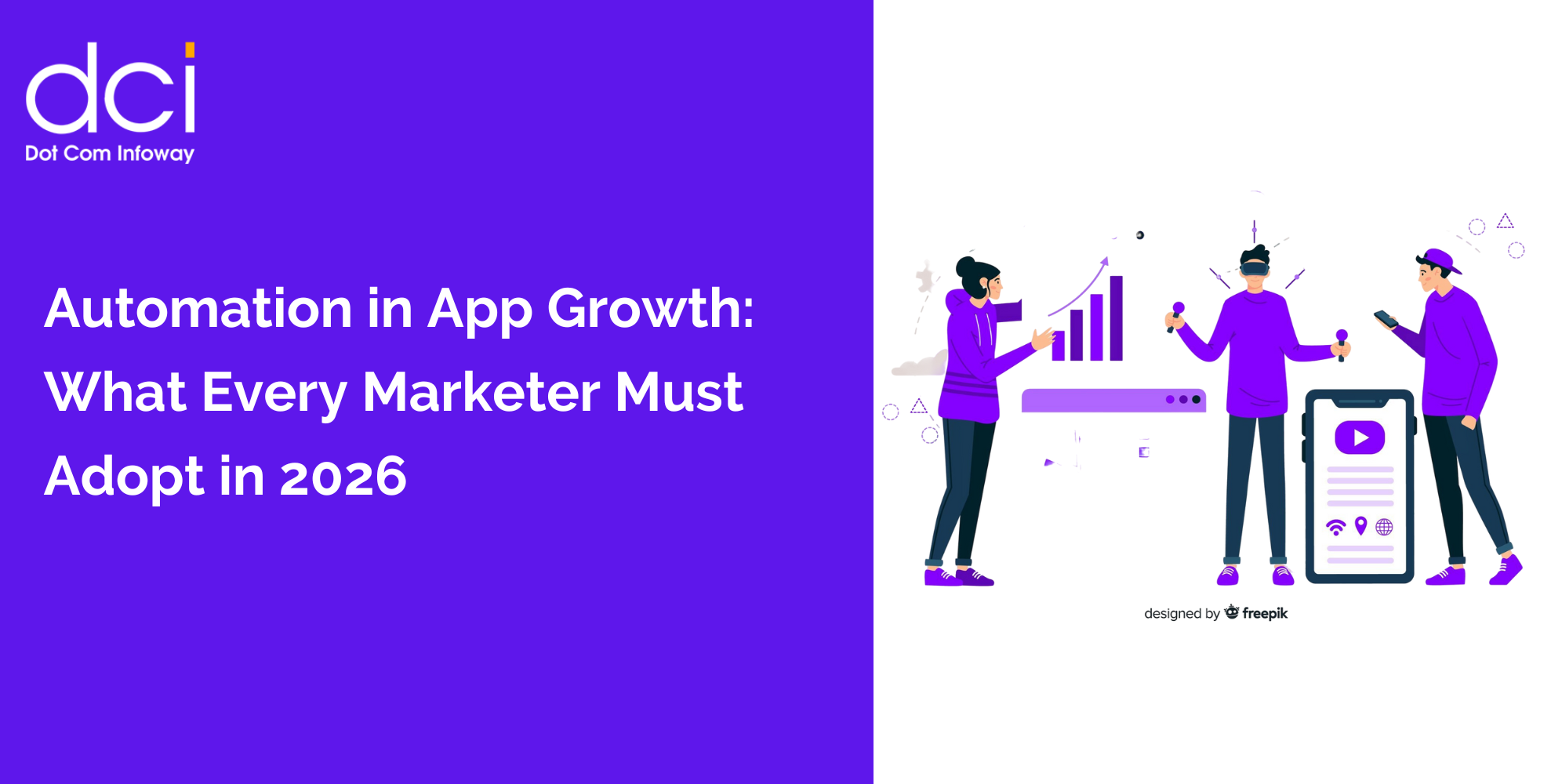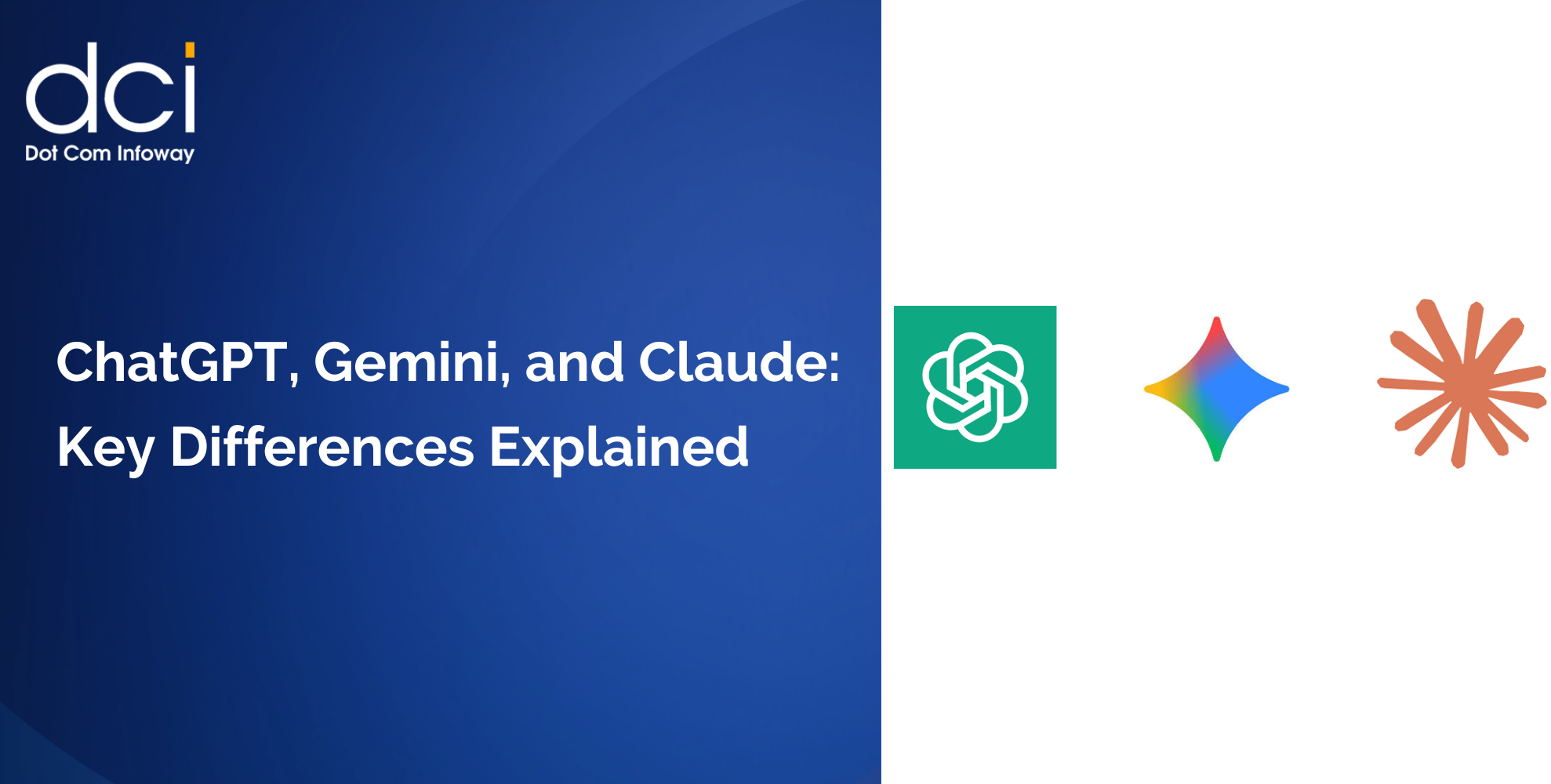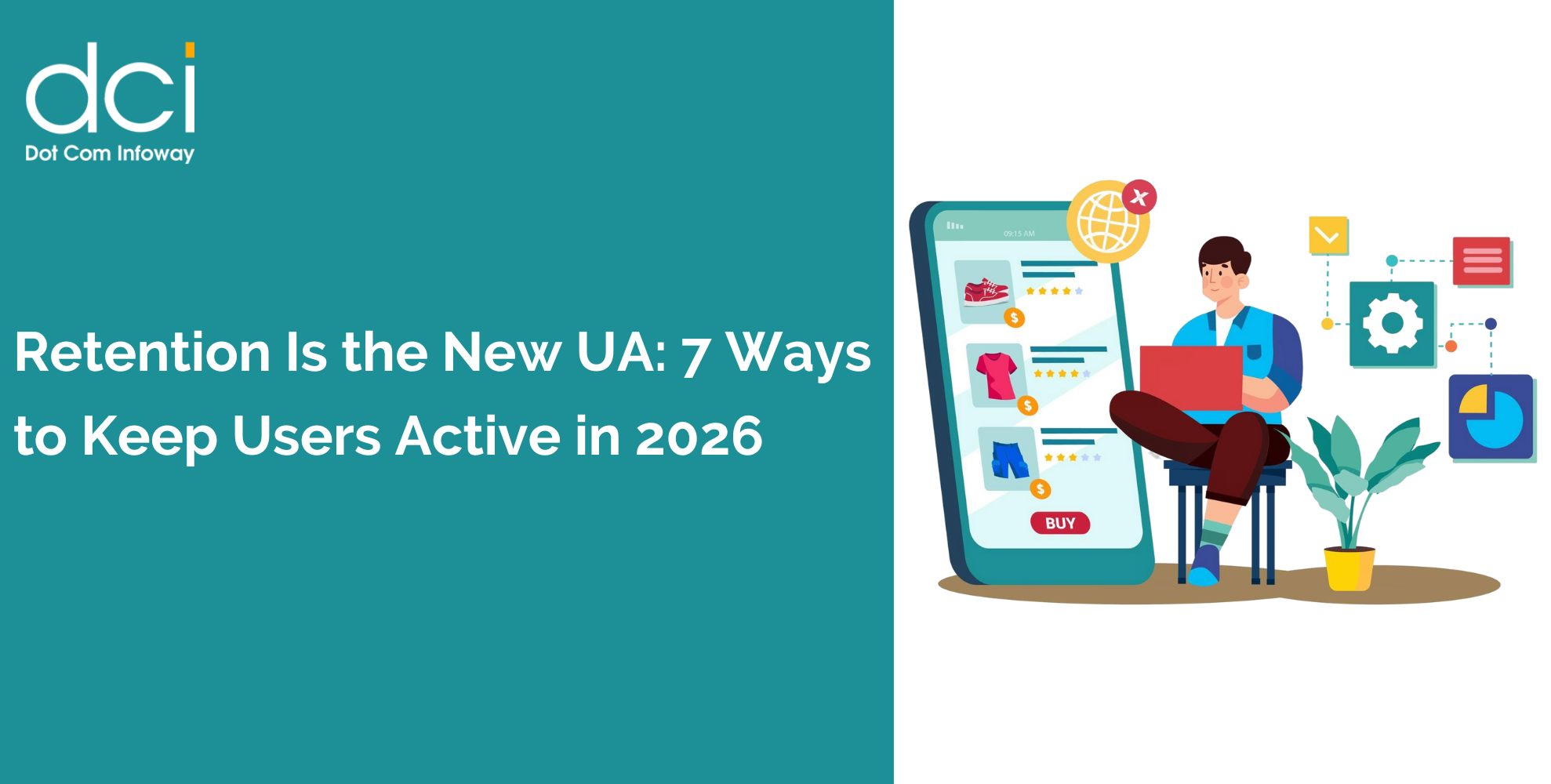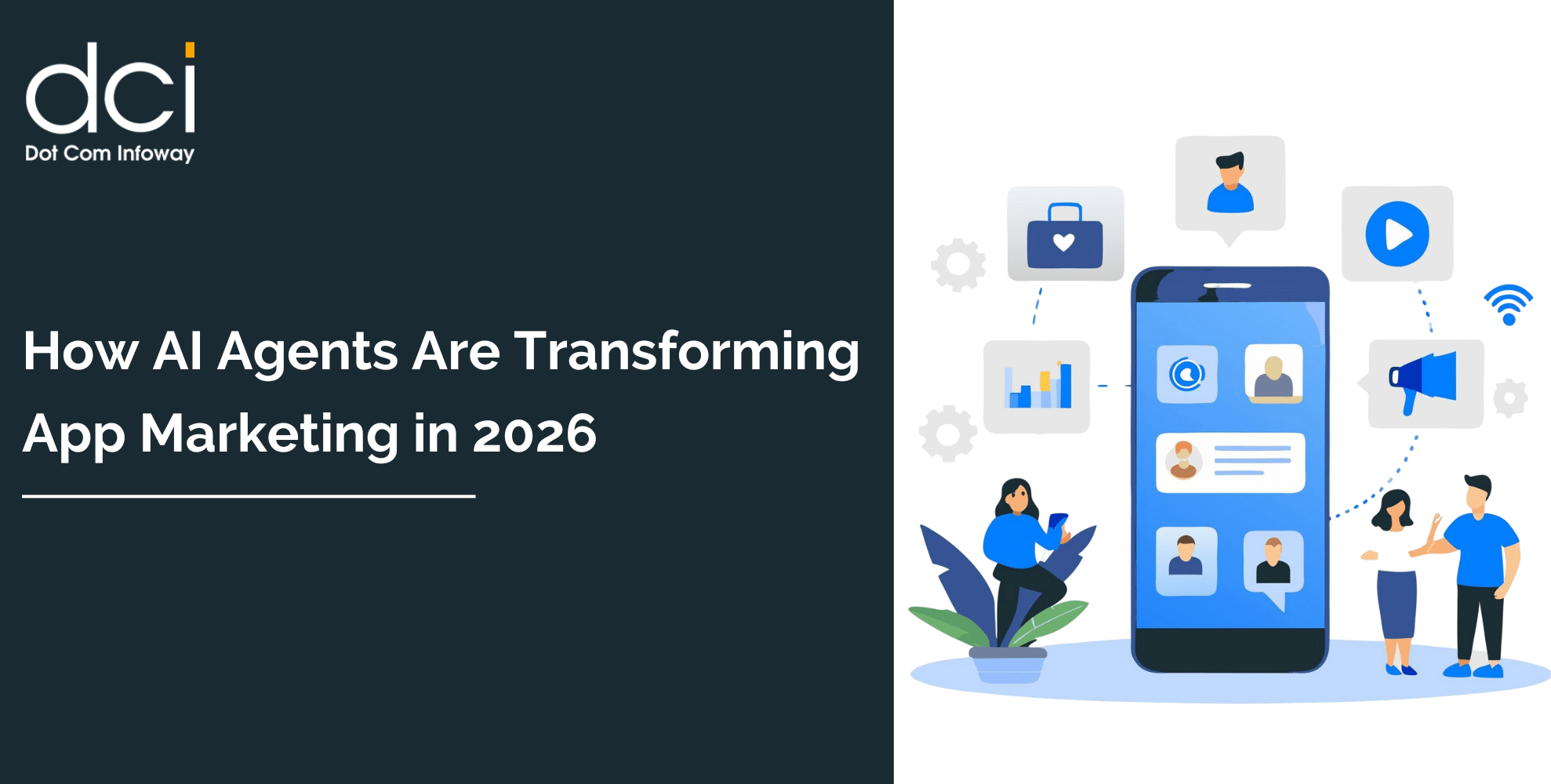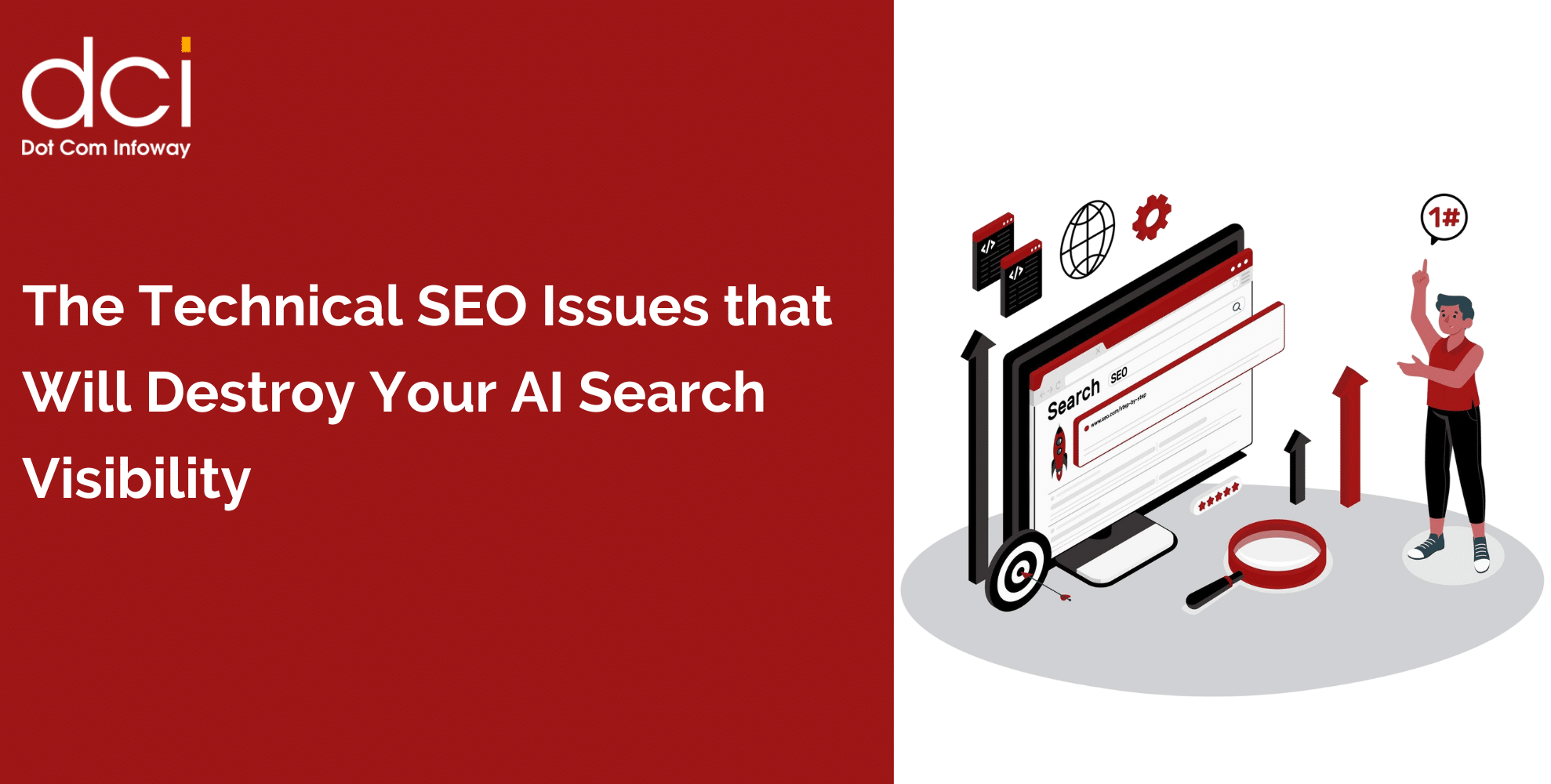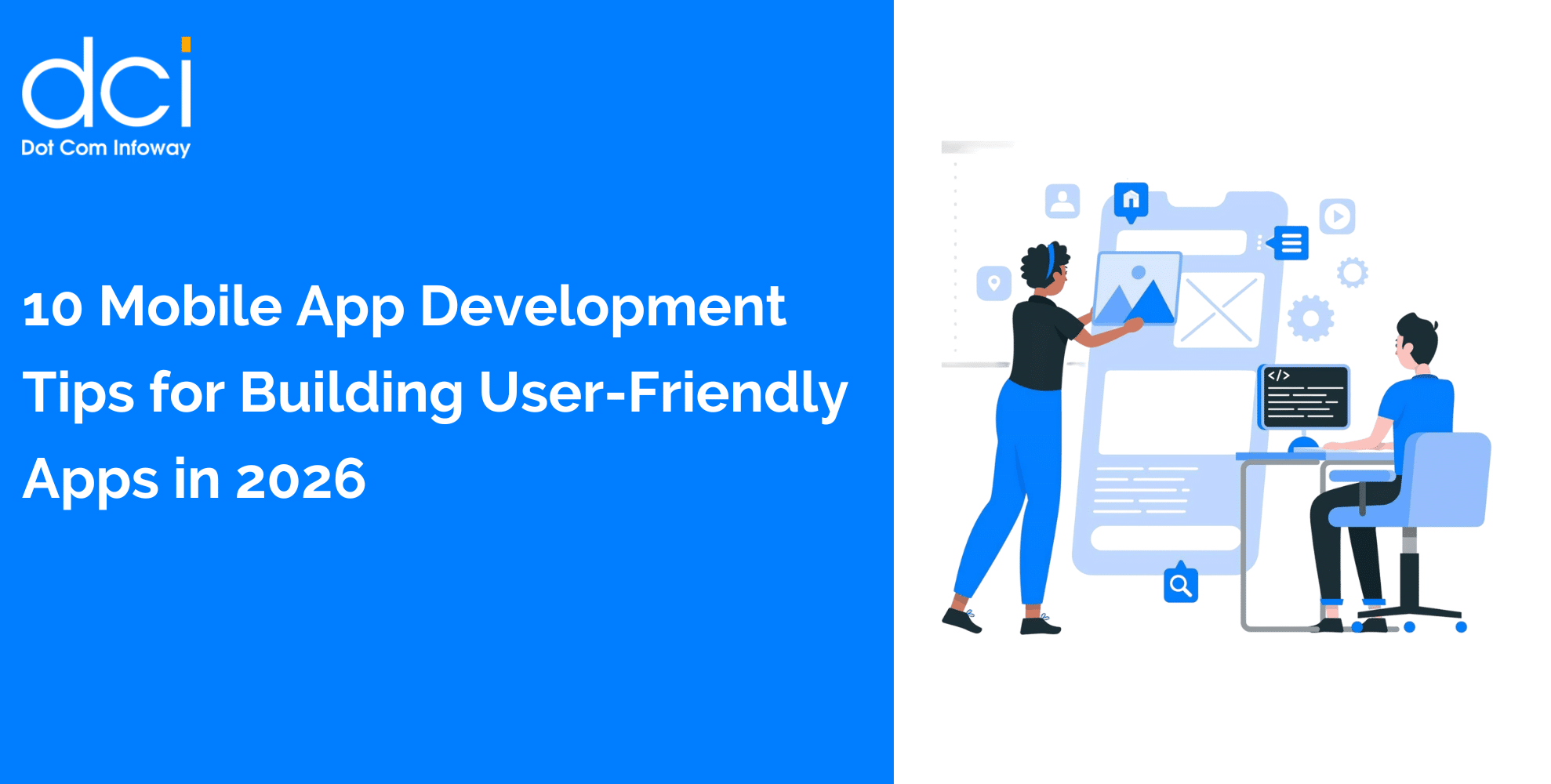Why Most On-Demand Delivery Apps Fail (And How to Avoid It)
Before diving into the checklist, let’s address the elephant in the room. According to industry research, over 60% of delivery apps fail within their first year. The primary reasons? Poor user experience, inadequate logistics planning, and unrealistic business models.
“The market for on-demand apps is tough. So, making your on-demand delivery app, you should ensure it stands the test of competition and time.” – Uptech Team
The key differentiator for successful apps isn’t just having more features – it’s creating a seamless experience that solves real problems efficiently.
Essential Pre-Development Research Phase
Know Your Target Market Inside Out
Your user-friendly on-demand delivery app will only succeed if it addresses genuine market needs. Start with comprehensive market research:
Market Size Analysis: The global online food delivery market is projected to reach $1.39 trillion by 2025, with the dedicated delivery app segment expected to hit $213 billion by 2030.
Competitive Landscape: DoorDash, Uber Eats, and Grubhub dominate the US market, but gaps exist in specialized niches like B2B delivery, hyperlocal services, and eco-friendly options.
User Behavior Patterns: Modern users expect delivery within 30-45 minutes for food and same-day for other goods. They’re willing to pay premium fees for reliability and speed.
Define Your Delivery App’s Core Value Proposition
Based on current market trends, successful delivery apps focus on one of these models:
- Restaurant Aggregator: Like DoorDash, connecting users with multiple restaurants
- Grocery Delivery: Following Instacart’s model with personal shoppers
- Full-Service Food Delivery: Operating from ghost kitchens like CloudKitchens
- B2B Food Delivery: Serving offices and businesses like ezCater
- Multi-Service Platform: Combining food, groceries, and courier services
Technical Architecture for User-Friendly On-Demand Delivery Apps
Core Technology Stack Requirements
Frontend Development:
- Native iOS/Android for optimal performance
- React Native or Flutter for cross-platform efficiency
- Progressive Web App capabilities for broader reach
Backend Infrastructure:
- Microservices architecture for scalability
- Real-time databases (Firebase, AWS DynamoDB)
- API Gateway for secure data management
Essential Integrations:
- Payment gateways (Stripe, PayPal, Apple Pay)
- Mapping services (Google Maps, Mapbox)
- Push notification systems
- SMS and email services
Real-Time Features That Matter
Your on-demand delivery app development must prioritize these real-time capabilities:
- Live Order Tracking: GPS-based location updates with ETA calculations adjusted for traffic and preparation time.
- Dynamic Pricing: Surge pricing algorithms that respond to demand, weather, and driver availability.
- Inventory Management: Real-time stock updates to prevent ordering unavailable items.
User Experience Design Principles
The Four-App Architecture
Every successful user-friendly on-demand delivery app consists of four interconnected components:
Customer App Features:
- Intuitive search with smart filters
- One-click reordering from purchase history
- Multiple payment options including wallet integration
- Real-time order tracking with driver communication
- Review and rating system with photo uploads
Courier App Essentials:
- Route optimization with traffic consideration
- Earnings tracker with transparent fee breakdown
- Order batching for multiple deliveries
- Photo confirmation for proof of delivery
- Voice-guided navigation support
Merchant Dashboard:
- Menu management with bulk editing capabilities
- Order notification system with sound alerts
- Sales analytics with demand forecasting
- Integration with existing POS systems
- Customer feedback management
Admin Panel Functionality:
- User management with fraud detection
- Content management for promotions
- Real-time analytics dashboard
- Dispute resolution system
- Revenue tracking and reporting
Revenue Model Optimization
Diversified Income Streams
Successful on-demand delivery app development incorporates multiple revenue sources:
- Commission Structure: 15-30% commission from restaurants, with tiered rates based on volume and exclusivity agreements.
- Delivery Fees: Dynamic pricing ranging from $0.99 to $5.99, with surge multipliers during peak times.
- Subscription Models: Monthly plans ($9.99-$14.99) offering free delivery and exclusive deals to improve customer lifetime value.
- Advertising Revenue: Promoted listings and banner ads from restaurants wanting increased visibility.
- Data Monetization: Aggregated insights sold to food brands and market research companies (while maintaining user privacy).



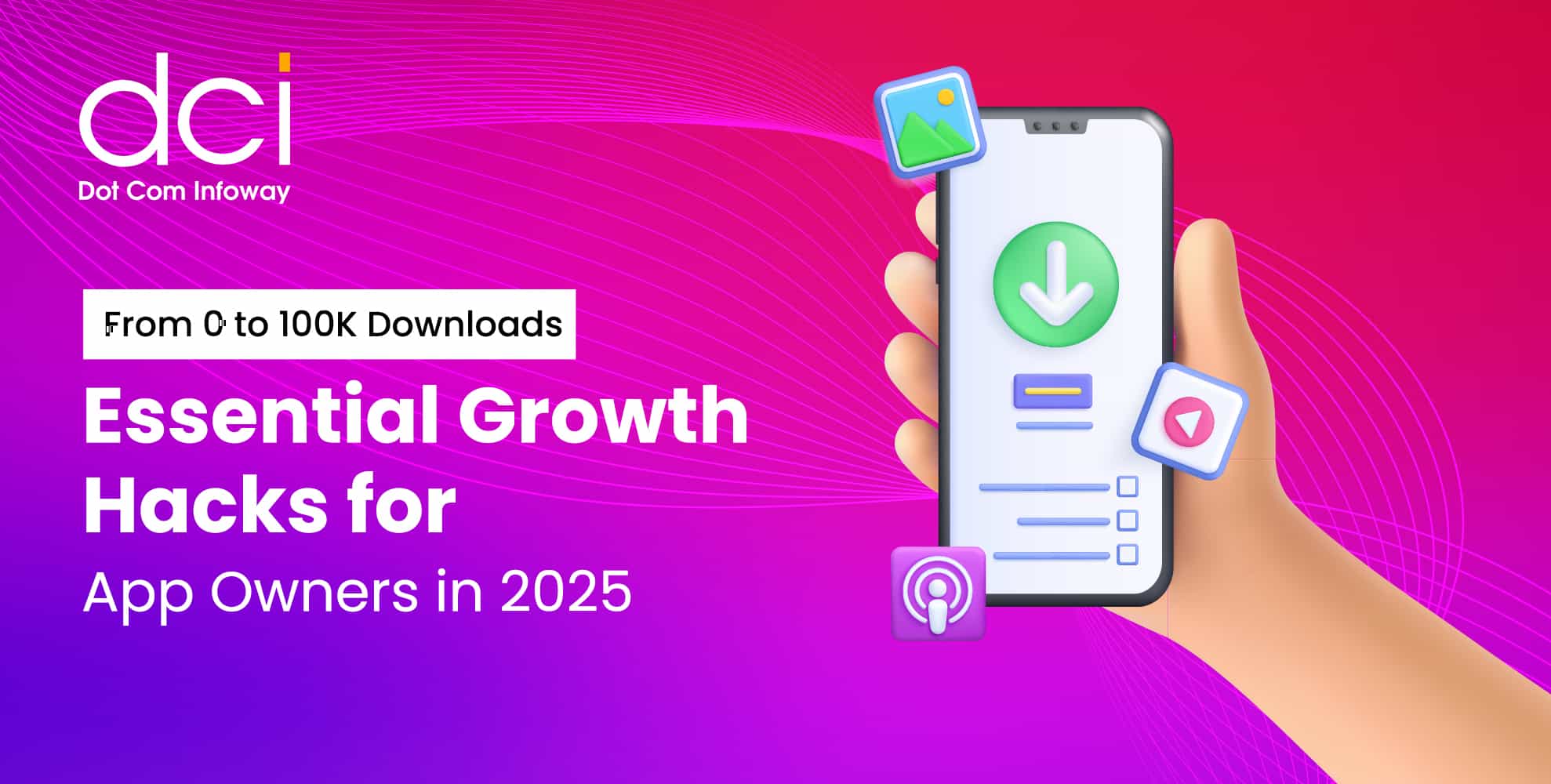

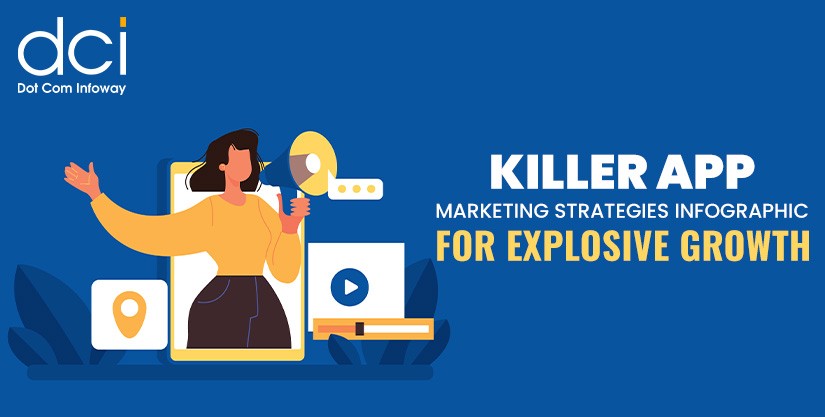

![The Game Marketing Guide: Pre and Post-Launch Strategies [Infographic]](https://www.dotcominfoway.com/wp-content/uploads/2023/09/DCI-Game-Marketing-blog-1.jpg)

